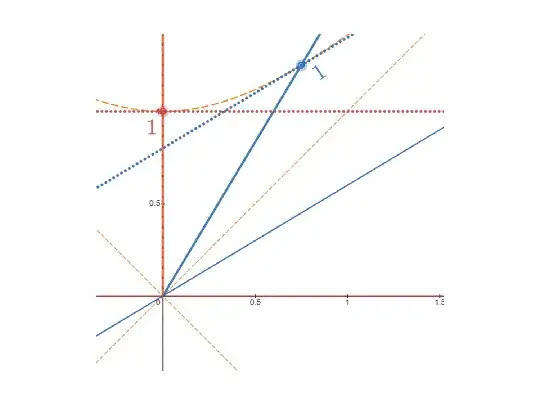The answer might be obvious for those with much experience, but I could not get it via web search.
https://en.wikipedia.org/wiki/Minkowski_space
From the second postulate of special relativity, together with homogeneity of spacetime and isotropy of space, it follows that the spacetime interval between two arbitrary events called 1 and 2 is:
${\displaystyle c^{2}\left(t_{1}-t_{2}\right)^{2}-\left(x_{1}-x_{2}\right)^{2}-\left(y_{1}-y_{2}\right)^{2}-\left(z_{1}-z_{2}\right)^{2}.}$
The invariance of the interval under coordinate transformations between inertial frames follows from the invariance of
${\displaystyle c^{2}t^{2}-x^{2}-y^{2}-z^{2}}$
If we go back from second postulate (principle of the constancy of light speed) back to Newtonian, what is equivalent formula for space-time interval (metric) will be?
For context: I'm trying to assess correctness of physics in sci-fi https://en.wikipedia.org/wiki/Orthogonal_(series) where author tries to describe universe with (as I understood it) space-time interval of (changed Metric signature of "our" Universe of (1,3) to (4,0), also see http://www.gregegan.net/ORTHOGONAL/00/PM.html):
${\displaystyle c^{2}\left(t_{1}-t_{2}\right)^{2}+\left(x_{1}-x_{2}\right)^{2}+\left(y_{1}+y_{2}\right)^{2}+\left(z_{1}-z_{2}\right)^{2}.}$
Thinking about it I realized I could not even "guess" what the metric is in Newtonian mechanics.
